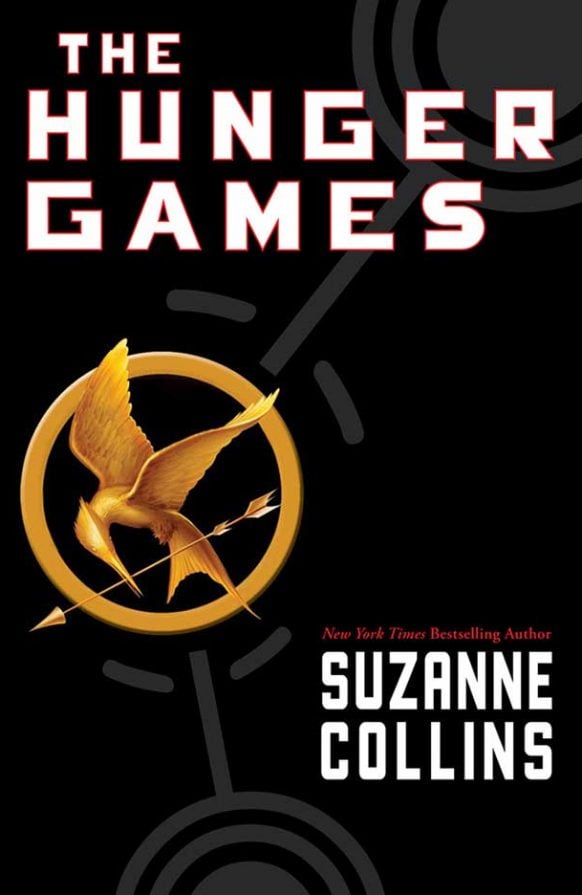Hunger Games by Suzanne Collins
If you haven’t heard of The Hunger Games yet, you must have been living under a rock. Apart from the hype around the book and its sequels, there has been the film which has broken all sorts of records.
Forced to take on the role of breadwinner at the age of 11 following her father’s death and her mother’s resulting depressive helplessness, Katniss Everdeen has always been a survivor. By hunting outside District 11’s seldom-electrified fence, Katniss is able to provide enough food for her family to live on, with some left over for barter on the black market.
Like the other districts, District 11 is under the rule of the decadent Capitol and forced to supply the the city with valuable resources. Worse, once a year one boy and one girl between the ages of 12 and 18 from each district is chosen by (a somewhat rigged) lottery to act as tributes. The 22 teenaged tributes are then forced to compete in the Hunger Games, a televised and highly popular (in the Capital, at least) battle to the death, with the victor gaining glory and some temporary relief from hunger for his or her District.
To protect her little sister Prim, Katniss does the unthinkable and volunteers to be one of the tributes in the Games despite having small hope of surviving herself.
If you like intelligent Science Fiction with strong, well-developed female characters, you will love this book and the sequels, Mockingjay and Catching Fire. Although The Hunger Games by Suzanne Collins was written with young adults as its intended audience, its to-the-minute social commentary and evocative characters mean it can hold its own against more well-known dystopian fiction.
Melanie Ryan
Program and Communications Manager


